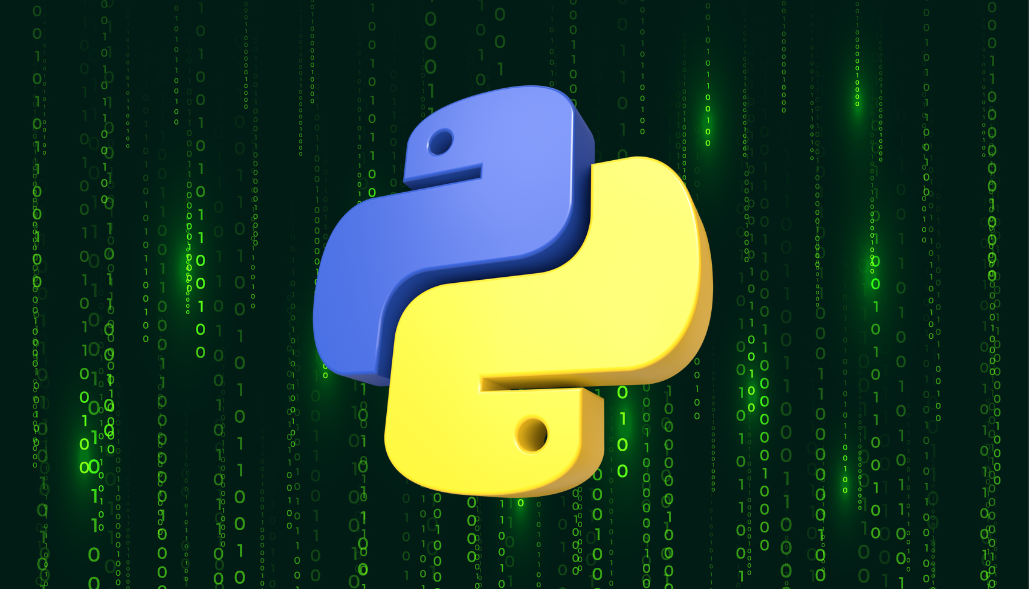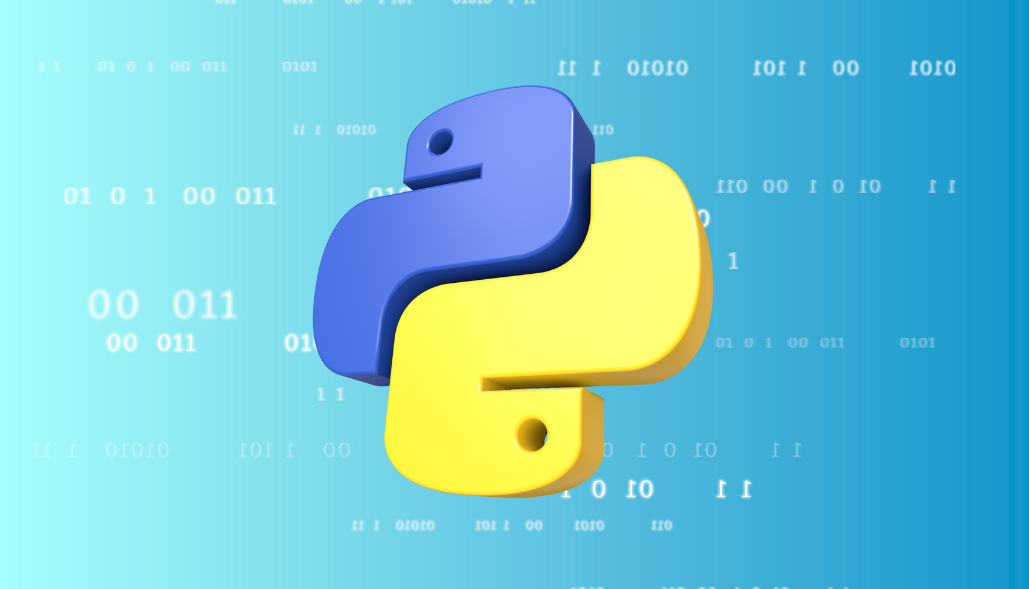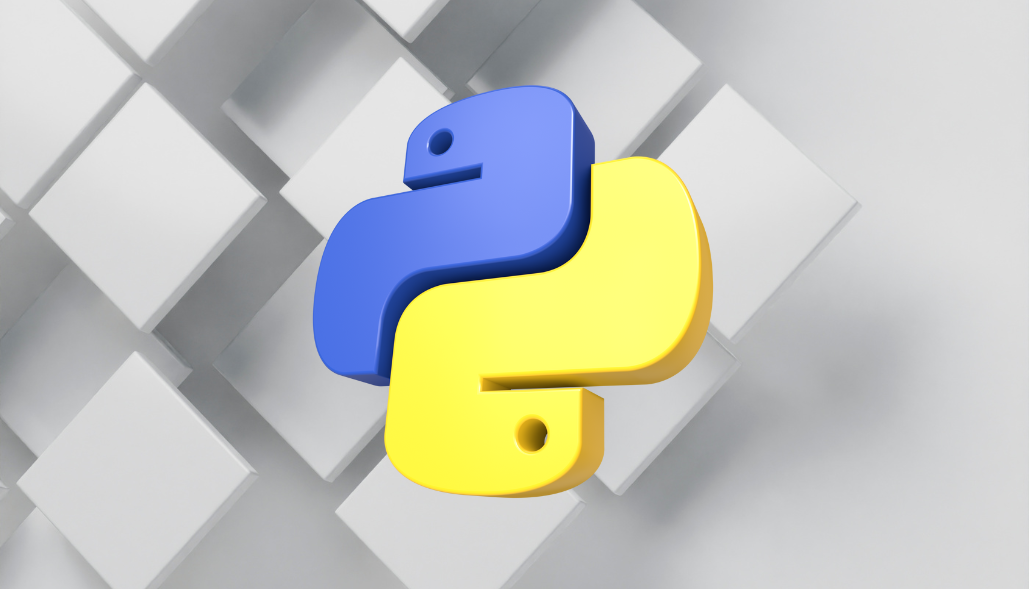Here’s a Python code example that demonstrates how to print without a newline or space, along with explanations:
# Using the 'end' parameter in the 'print' function
print("This is printed without a newline", end="")
print(" and continues on the same line.")
# Using 'sys.stdout.write'
import sys
sys.stdout.write("This is printed without a newline")
sys.stdout.write(" and continues on the same line.\n") # Adding a newline at the end
# Concatenating strings before printing
output = "This is printed without a newline"
output += " and continues on the same line."
print(output)
Explanation:
Using the ‘end’ parameter in the ‘print’ function:
The print function in Python has an optional end parameter that specifies what character to print at the end. By default, it is a newline character (‘\n’).
In the first print statement, we set end=””, which means the next print statement will continue on the same line without adding a newline character.
Using ‘sys.stdout.write’:
The sys.stdout.write function from the sys module writes directly to the standard output without adding a newline.
In the second part, we use this method to print two strings without a newline. Note that we add “\n” at the end to introduce a newline after these strings.
Concatenating strings before printing:
We concatenate two strings before printing, ensuring they are displayed on the same line. The third approach involves creating a variable (output) and adding strings to it. When printed, the result is a continuous output without newlines or spaces.






